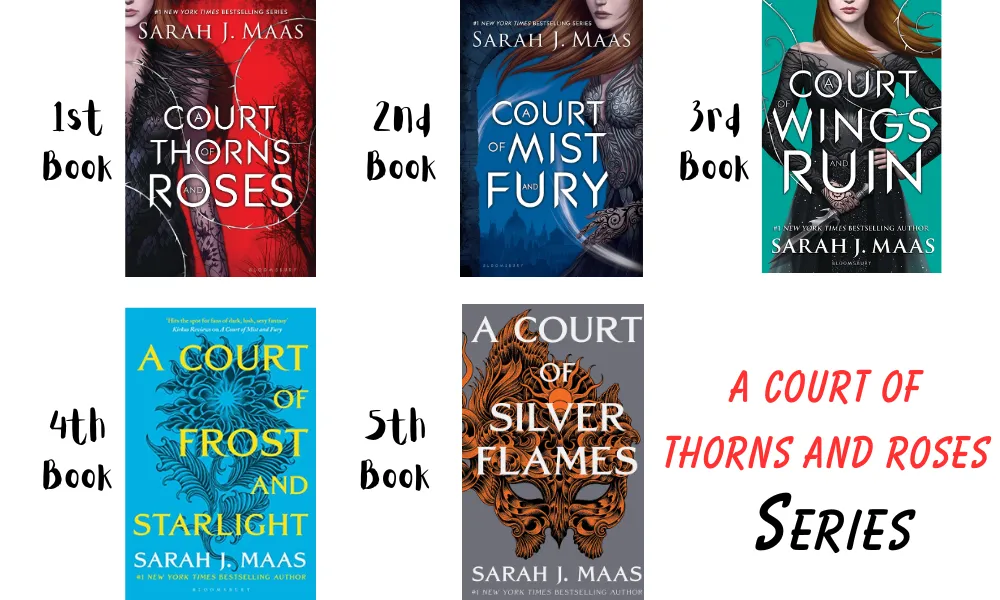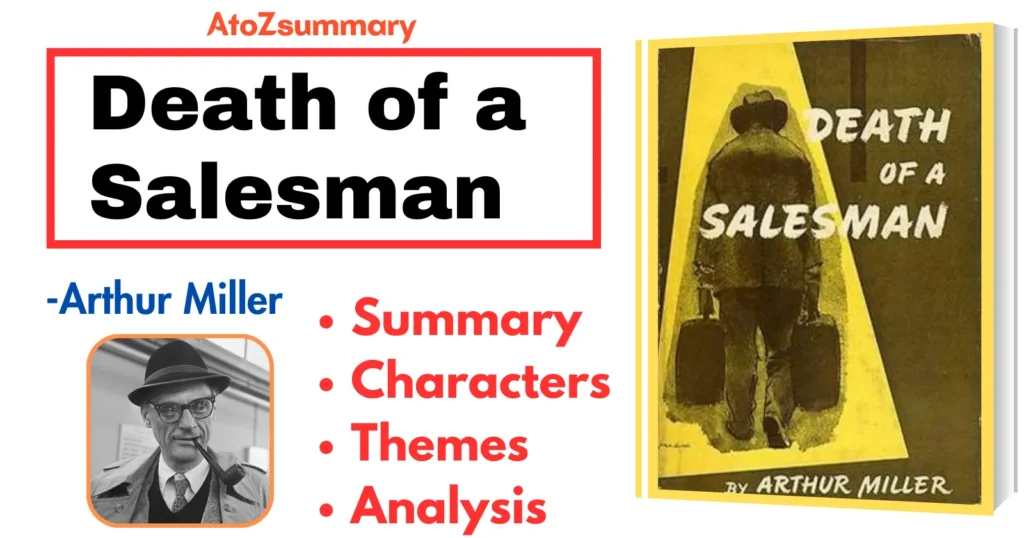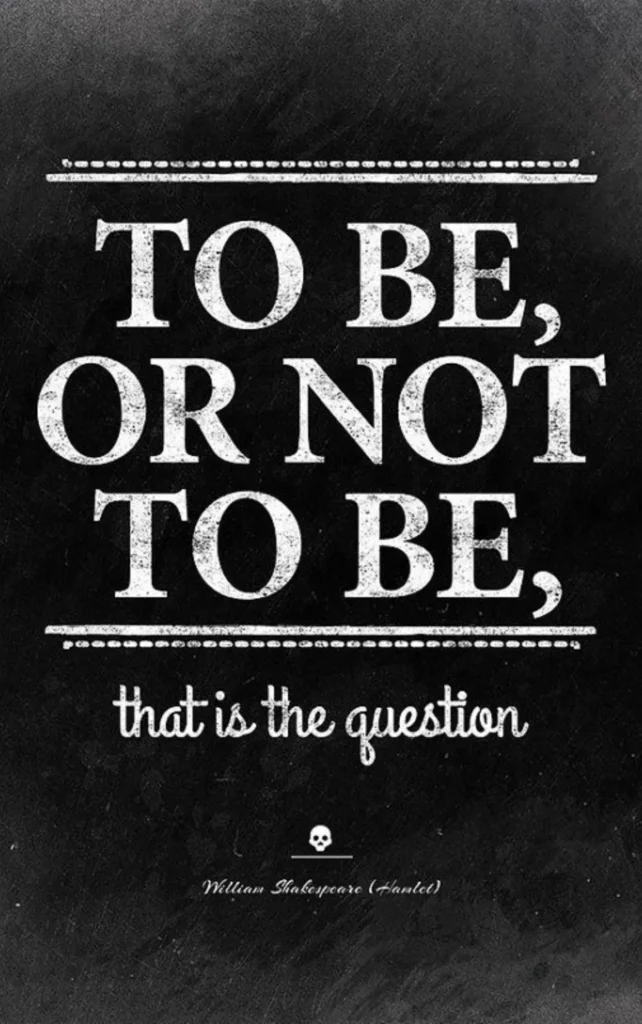
About Speech: To Be or Not to Be
| Title | To be or not to be |
| Author | William Shakespeare |
| Play | Hamlet |
| Act and scene | Act 3, Scene 1 |
| Speaker | Hamlet |
| Audience | Himself |
| Genre | Soliloquy |
| Theme | Life, death, and suicide |
| Form | Blank verse (unrhymed iambic pentameter) |
| Key literary devices | Metaphor, simile, personification, and rhetorical question |
| Famous lines | “To be or not to be, that is the question: / Whether ’tis nobler in the mind to suffer / The slings and arrows of outrageous fortune, / Or to take arms against a sea of troubles, / And by opposing end them?” |
Themes- To Be or Not to Be
The themes of the “To Be or Not to Be” soliloquy from Hamlet by William Shakespeare are:
- Life and death ➜ Hamlet contemplates the pain and unfairness of life, and weighs the pros and cons of suicide.
- Suicide ➜ Hamlet considers whether it is better to live with the suffering of life or to end his life by suicide.
- Action and inaction ➜ Hamlet debates whether it is better to take action against the injustices of the world or to simply endure them.
- Appearance and reality ➜ Hamlet reflects on the ways in which appearances can deceive us, and how difficult it is to determine what is real and what is not.
- Free will and fate ➜ Hamlet questions whether we have control over our own destinies, or whether our lives are predetermined.
To Be or Not to Be Speech (Soliloquy from Hamlet)
To be, or not to be, that is the question:
Whether ’tis nobler in the mind to suffer
The slings and arrows of outrageous fortune,
Or to take arms against a sea of troubles
And by opposing end them. To die—to sleep,
No more; and by a sleep to say we end
The heart-ache and the thousand natural shocks
That flesh is heir to: ’tis a consummation
Devoutly to be wish’d. To die, to sleep;
To sleep, perchance to dream—ay, there’s the rub:
For in that sleep of death what dreams may come,
When we have shuffled off this mortal coil,
Must give us pause—there’s the respect
That makes calamity of so long life.
For who would bear the whips and scorns of time,
Th’oppressor’s wrong, the proud man’s contumely,
The pangs of dispriz’d love, the law’s delay,
The insolence of office, and the spurns
That patient merit of th’unworthy takes,
When he himself might his quietus make
With a bare bodkin? Who would fardels bear,
To grunt and sweat under a weary life,
But that the dread of something after death,
The undiscovere’d country, from whose bourn
No traveller returns, puzzles the will,
And makes us rather bear those ills we have
Than fly to others that we know not of?
Thus conscience doth make cowards of us all,
And thus the native hue of resolution
Is sicklied o’er with the pale cast of thought,
And enterprises of great pith and moment
With this regard their currents turn awry
And lose the name of action.
To Be or Not to Be Summary & Analysis
The “To Be or Not to Be” soliloquy from William Shakespeare’s play “Hamlet” is one of the most famous and often quoted speeches in the English literary canon. This soliloquy is delivered by the titular character, Prince Hamlet, in Act 3, Scene 1. It is a deeply introspective and philosophical monologue that delves into the complex themes of life, death, suffering, and the human condition. Here’s a stanza-wise summary of this iconic speech:
Stanza 1
In the opening stanza, Hamlet contemplates the fundamental question of existence: “To be or not to be?” He ponders whether it is nobler to endure the hardships and suffering of life or to end it all through death. He questions the significance of enduring life’s challenges and miseries.
Stanza 2
In this stanza, Hamlet reflects on the nature of suffering. He describes life as a series of trials and tribulations, a “sea of troubles.” He considers the idea that we endure these hardships because of our fear of the unknown that awaits us after death.
Stanza 3
Hamlet explores the concept of opposing choices in life. He discusses the idea that some people choose to suffer through life’s challenges, even when it becomes unbearable, due to the fear of what comes after death. He characterizes death as “the undiscovered country” from which no traveler returns, highlighting the uncertainty surrounding the afterlife.
Stanza 4
Hamlet further examines the fear of the unknown by comparing it to the fear of a “dread of something after death.” He contemplates the dreams and nightmares that may come in the sleep of death and how that prospect may dissuade people from ending their lives.
Stanza 5
In this stanza, Hamlet wrestles with the concept of self-preservation. He suggests that the fear of the unknown and the instinctual drive to survive are so strong that they prevent people from ending their own lives, even when they are burdened by suffering.
Stanza 6
Hamlet transitions to the idea of endurance and the patience to withstand life’s challenges. He describes how humans bear insults, injustices, and the pain of existence with patience and resignation. He questions the virtue of enduring these sufferings.
Stanza 7
The soliloquy reaches a point of introspection, where Hamlet reflects on the human capacity for reflection and thought. He marvels at the human ability to think and make choices, even in the face of suffering, and this capacity sets humans apart from animals.
Stanza 8
The speech concludes with Hamlet reaffirming the central question: “To be or not to be?” He acknowledges the complexity and the internal struggle of this choice. Hamlet’s uncertainty and contemplation of life and death are left unresolved, emphasizing the depth of the human experience and the philosophical depth of Shakespeare’s work.
FAQs for To Be or Not to Be
What is the meaning of the To be, or not to be?
The phrase “To be, or not to be” in Hamlet’s soliloquy means he’s wondering if it’s better to live or die, thinking about life and death.
What is the main point of To be, or not to be?
The main point of “To be, or not to be” is Hamlet’s struggle with the idea of whether it’s better to live and endure life’s problems or to die and face the unknown after death.
What is the significance of the soliloquy in Hamlet?
The soliloquy in Hamlet reveals the Prince’s deep thoughts and doubts about life, death, and suffering, offering insight into his complex character.
Why does Hamlet tell Ophelia to go to a nunnery?
Hamlet tells Ophelia to go to a nunnery because he’s disillusioned with love and thinks it’s better for her to stay pure and avoid the pain of romantic relationships.
Is To be, or not to be a philosophy?
Yes, “To be, or not to be” is a deep thought about life and death, so it can be seen as a kind of philosophy.
How does Hamlet end?
The speech ends with Hamlet pondering the choice between living and dying, leaving his decision unresolved.

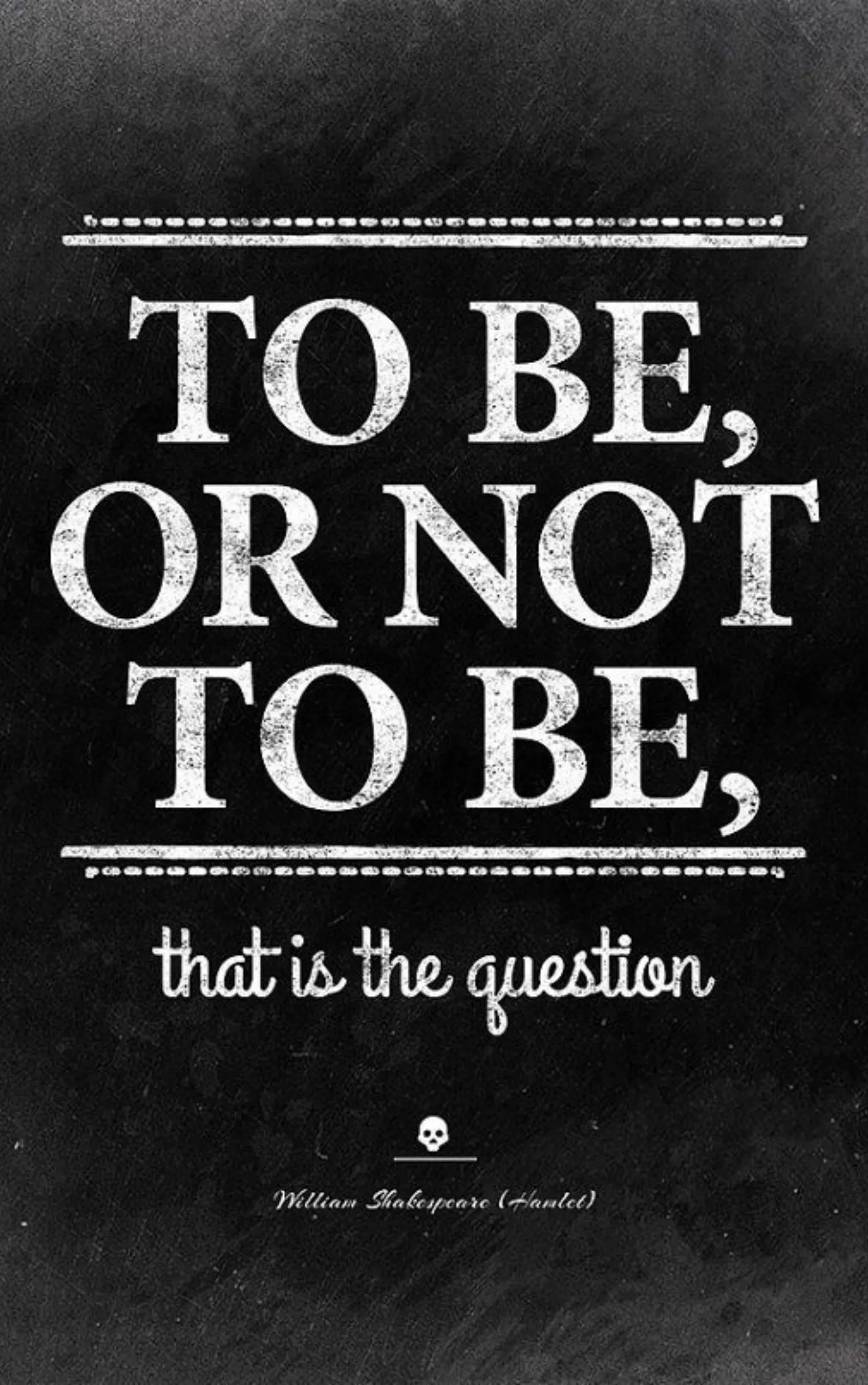
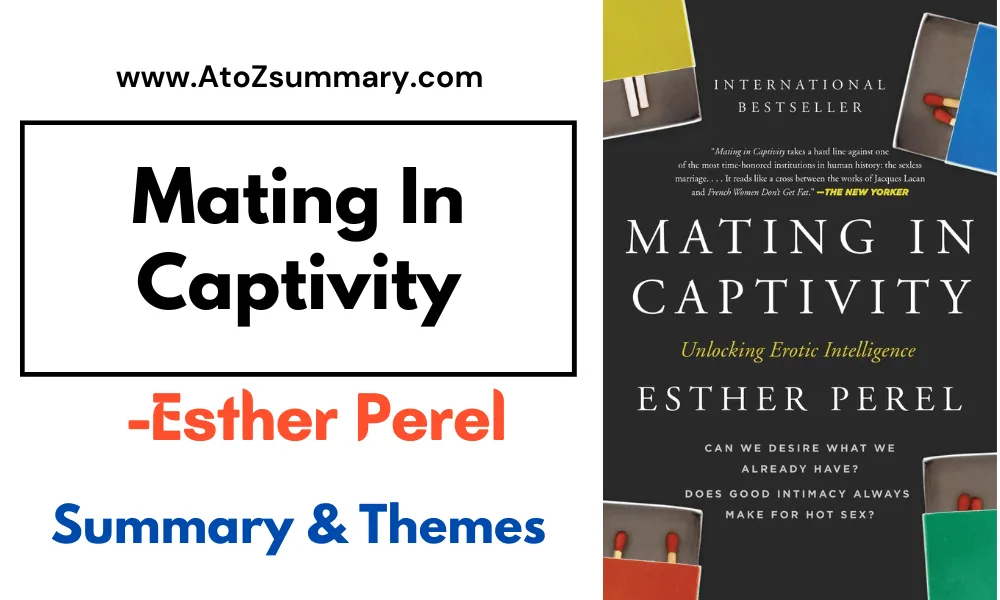

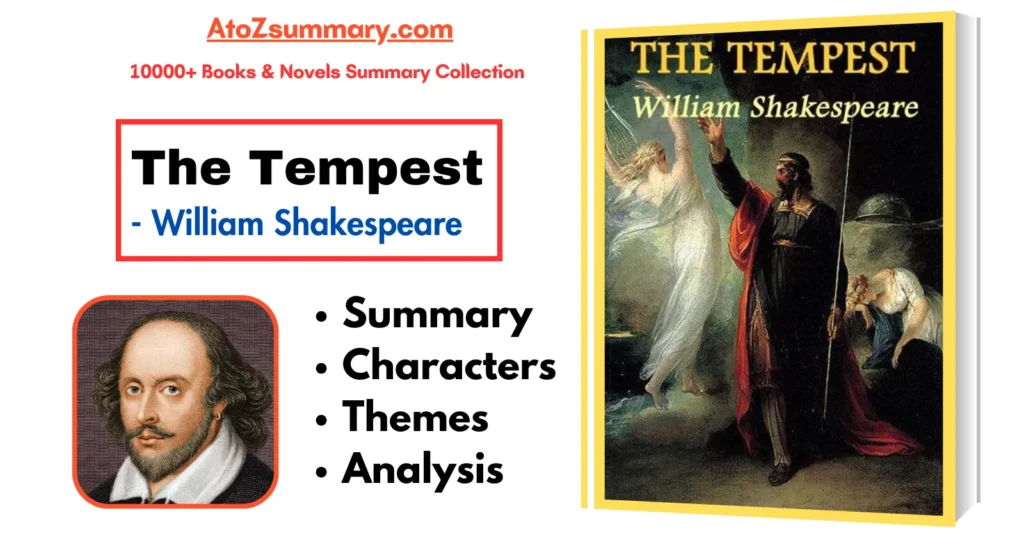
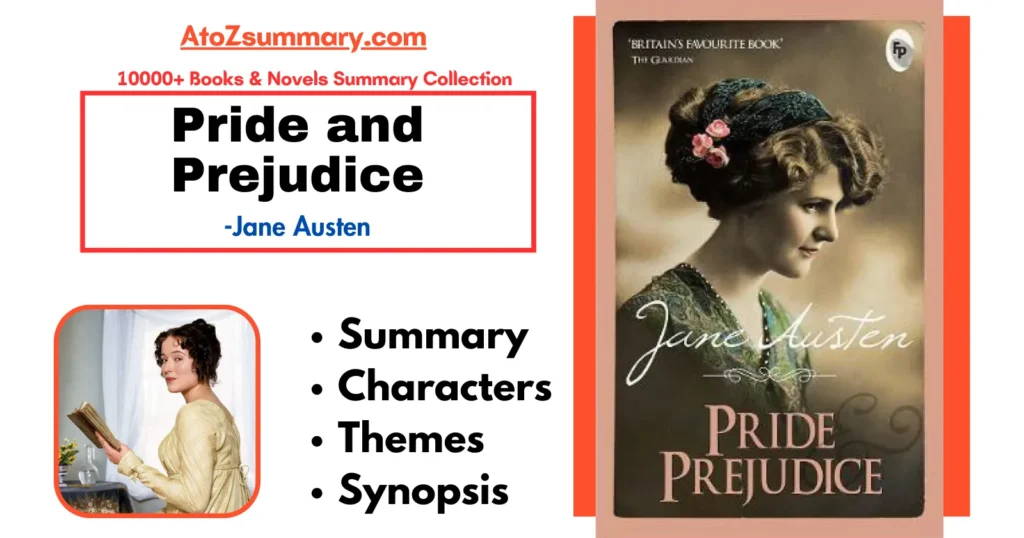

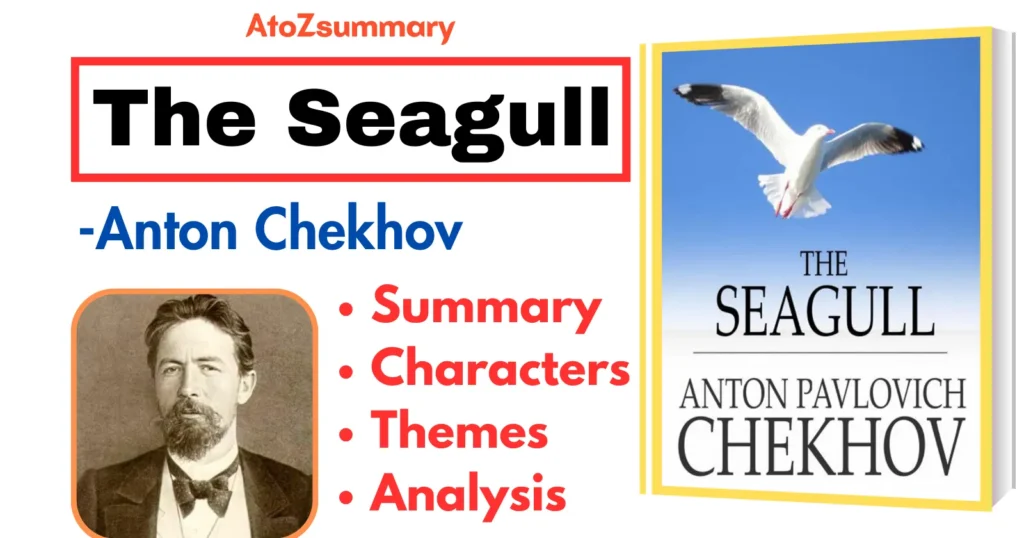
![The Catcher In The Rye Summary, Themes & Characters [by J. D. Salinger] The Catcher In The Rye Summary, Themes & Characters [by J. D. Salinger]](https://atozsummary.com/wp-content/uploads/2023/06/The-Catcher-In-The-Rye-Summary-Themes-Characters-by-J.-D.-Salinger.webp)
